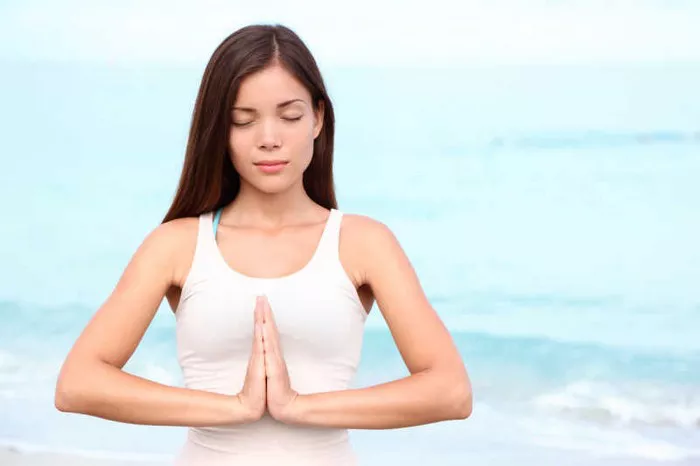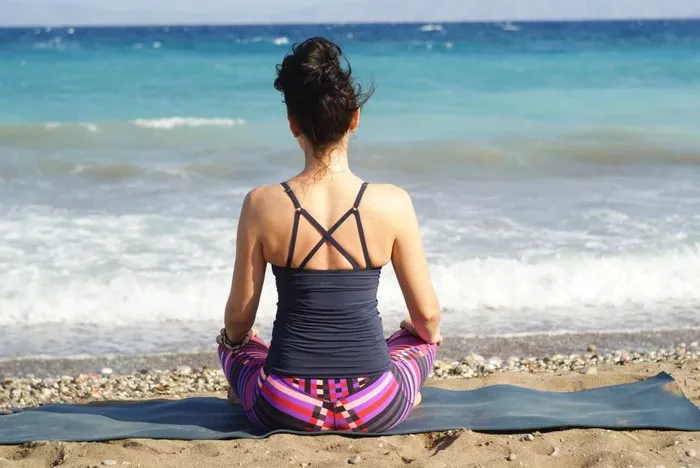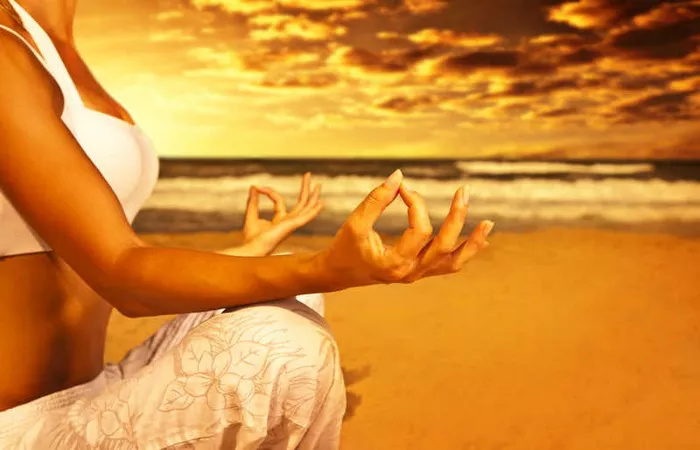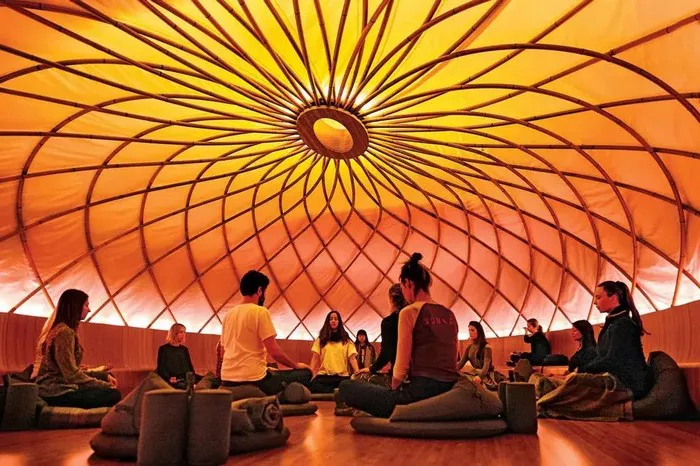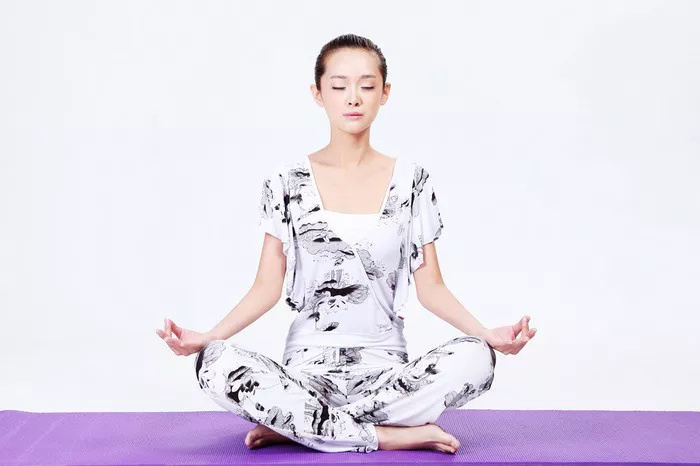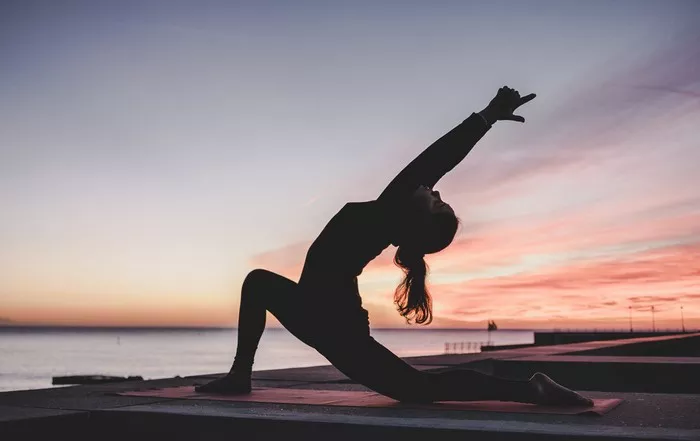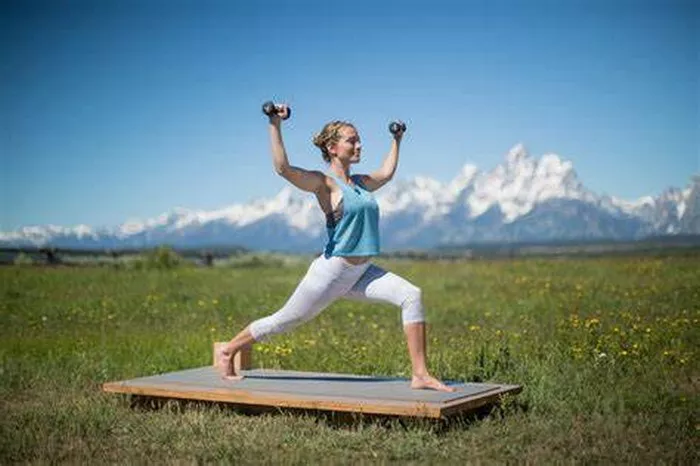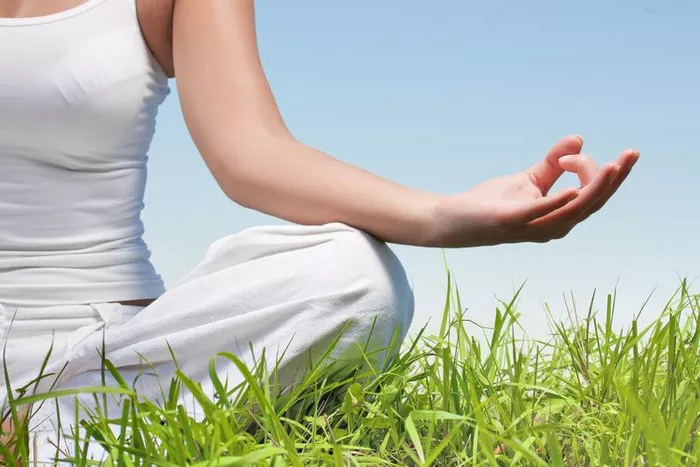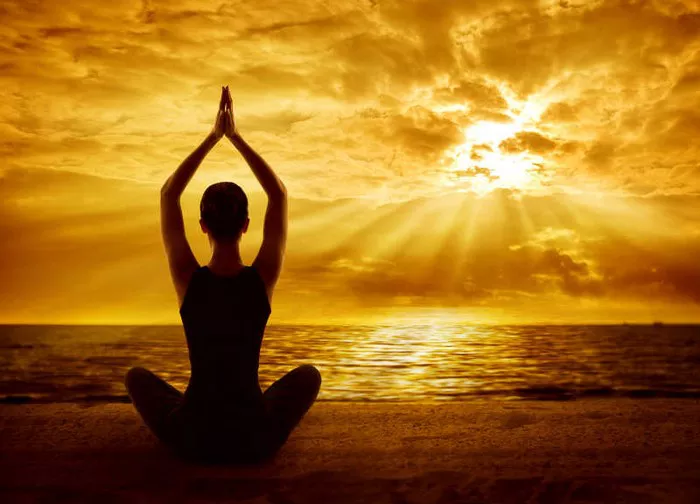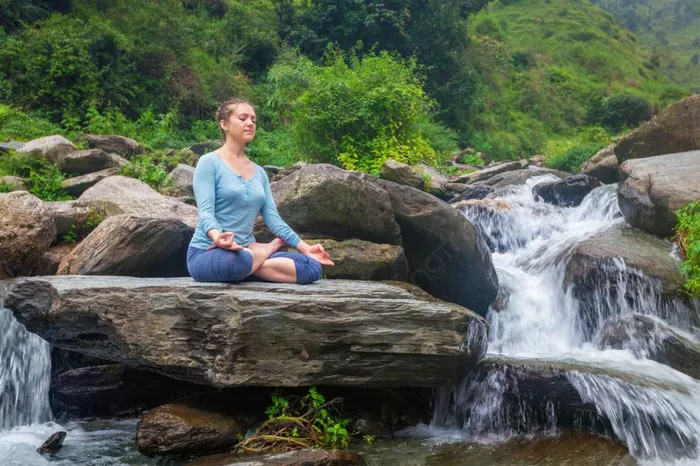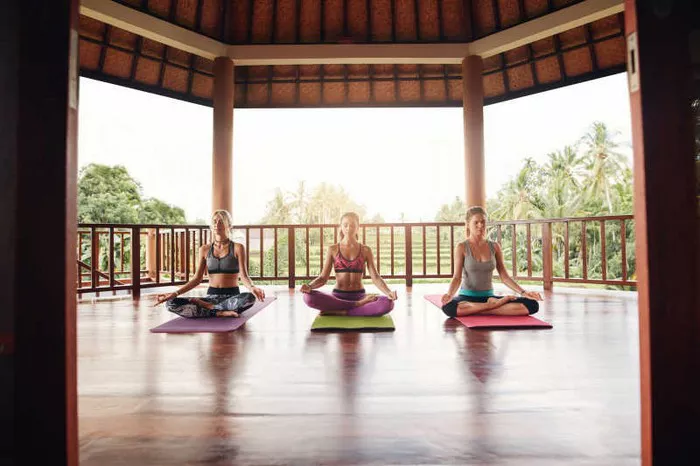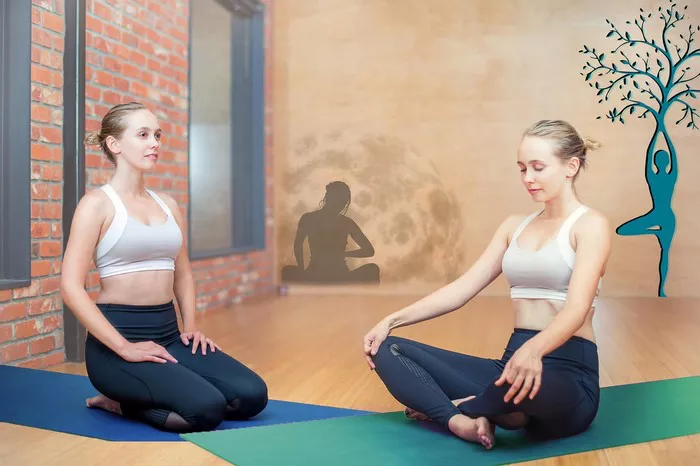Hatha Yoga is one of the most widely practiced styles of yoga, known for its gentle yet effective approach to building strength, flexibility, and mindfulness. It serves as the foundation for many modern yoga styles, offering a balanced practice that integrates physical postures (asanas), breath control (pranayama), and meditation. Hatha Yoga can be practiced by individuals of all levels, from complete beginners to advanced practitioners. Understanding the different levels of Hatha Yoga can help students progress safely and effectively, ensuring they gain the maximum benefits from their practice.
Understanding Hatha Yoga Levels
Hatha Yoga is generally divided into three levels: beginner, intermediate, and advanced. Each level is structured to build upon the previous one, allowing students to deepen their practice progressively. Let’s explore these levels in detail.
Level 1: Beginner Hatha Yoga
Beginner-level Hatha Yoga is designed for those who are new to yoga or seeking a gentle introduction to the practice. This level focuses on basic postures, proper alignment, and breathing techniques.
Key Aspects of Beginner Hatha Yoga:
Foundational Poses: Students are introduced to fundamental asanas, such as:
- Mountain Pose (Tadasana)
- Downward-Facing Dog (Adho Mukha Svanasana)
- Warrior I & II (Virabhadrasana I & II)
- Tree Pose (Vrksasana)
- Child’s Pose (Balasana)
- Seated Forward Bend (Paschimottanasana)
Basic Pranayama Techniques: Breath control exercises such as:
- Diaphragmatic breathing
- Alternate nostril breathing (Nadi Shodhana)
- Ujjayi breath (Ocean Breath)
Gentle Stretching and Relaxation: The focus is on improving flexibility and relaxation without putting strain on the body.
Short Meditation Practices: Basic mindfulness techniques and guided relaxation help introduce students to meditation.
Slow-Paced Classes: Movements are slow and controlled, allowing beginners to learn postures correctly and avoid injuries.
Who Should Practice Beginner Hatha Yoga?
- Absolute beginners
- Seniors or individuals recovering from injury
- Those seeking a low-impact form of exercise
- People looking to reduce stress and improve overall well-being
Level 2: Intermediate Hatha Yoga
Once students have gained confidence with the fundamentals, they can progress to the intermediate level. This stage builds upon the basics by introducing more complex poses, deeper stretches, and greater awareness of breath and movement coordination.
Key Aspects of Intermediate Hatha Yoga:
More Challenging Asanas:
- Extended Triangle Pose (Utthita Trikonasana)
- Crow Pose (Bakasana)
- Headstand Preparation (Salamba Sirsasana prep)
- Bow Pose (Dhanurasana)
- Camel Pose (Ustrasana)
- Half Moon Pose (Ardha Chandrasana)
Refined Pranayama Practices:
- Bhastrika (Bellows Breath) for energy boost
- Kapalabhati (Skull-Shining Breath) for detoxification
- Retention of breath (Kumbhaka) for enhanced lung capacity
Increased Strength and Flexibility: Classes focus on longer holds and greater endurance to strengthen muscles and improve balance.
Deeper Meditation Practices: Intermediate students explore mindfulness, visualization, and mantra chanting to enhance concentration and inner peace.
Vinyasa Flow Integration: Some intermediate Hatha classes may introduce slow-flow sequences linking breath with movement.
Who Should Practice Intermediate Hatha Yoga?
- Those comfortable with beginner poses and breathing techniques
- Students looking to deepen their practice physically and mentally
- Individuals who have practiced yoga regularly for at least 6–12 months
Level 3: Advanced Hatha Yoga
Advanced Hatha Yoga is for experienced practitioners who have developed a strong foundation and seek to challenge themselves further. This level incorporates complex asanas, advanced breath control, and deeper meditative states.
Key Aspects of Advanced Hatha Yoga:
Challenging and Inverted Asanas:
- Full Lotus Pose (Padmasana) for meditation
- Full Wheel (Urdhva Dhanurasana) for spinal flexibility
- Forearm Stand (Pincha Mayurasana) for balance
- Scorpion Pose (Vrschikasana) for deep backbends
- King Pigeon Pose (Eka Pada Rajakapotasana) for hip opening
Mastery of Breath Control (Pranayama):
- Advanced breath retention techniques (Bandhas and Mudras)
- Anulom Vilom (Alternate Nostril Breathing with retention)
- Sitali (Cooling Breath) and Sitkari for heat regulation
Enhanced Strength, Endurance, and Balance: Practitioners refine their body control and mental focus through sustained practice.
Longer Meditation Sessions: The goal is to enter deeper states of consciousness through mantra chanting, silent meditation, and Yoga Nidra (yogic sleep).
Understanding Yogic Philosophy: Advanced students often delve into yogic texts such as the Yoga Sutras of Patanjali and the Bhagavad Gita to enhance spiritual awareness.
Who Should Practice Advanced Hatha Yoga?
- Long-term practitioners with a strong asana and pranayama foundation
- Those seeking deeper physical and spiritual growth
- Individuals looking to integrate yoga into daily life at a profound level
Choosing the Right Level of Hatha Yoga
It is essential to choose the level that matches your experience and physical condition. Starting at a comfortable level and gradually progressing ensures a sustainable and enjoyable yoga journey. Here are some tips for selecting the right level:
- Beginners: Start with Level 1 to build a solid foundation.
- Intermediate Practitioners: Move to Level 2 when comfortable with foundational poses and breathing techniques.
- Advanced Yogis: Join Level 3 if you are experienced and ready for more physically and mentally demanding practices.
Conclusion
Hatha Yoga offers a structured path for practitioners of all levels, allowing them to advance at their own pace. Whether you are a beginner looking for a gentle introduction, an intermediate student seeking more depth, or an advanced practitioner aiming for mastery, Hatha Yoga provides a balanced approach to achieving harmony between body, mind, and spirit. By understanding the levels of Hatha Yoga, you can tailor your practice to meet your personal goals and enjoy a fulfilling yoga journey.
Related Topics:

